Create the Ultimate Backyard Wildlife and Bird Habitat
Updated: Nov. 30, 2023
Building a good backyard bird habitat doesn't have to be expensive or time-consuming. Here are tips to help create an oasis for wildlife.
Editor’s note: This story was excerpted from Planting for Wildlife with permission from author Jane Moore and Quadrille Publishing.
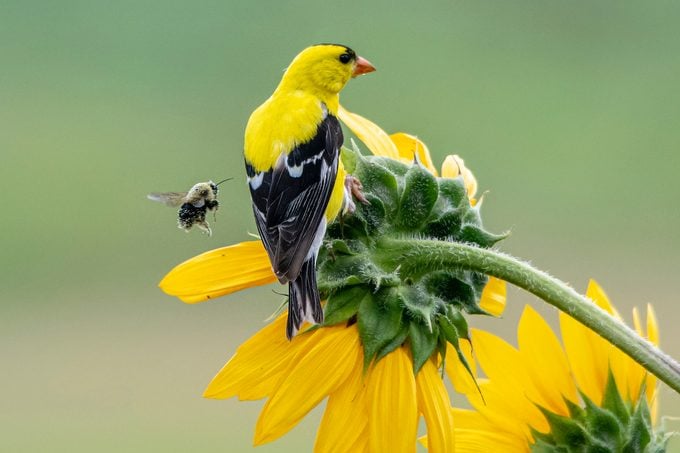
If your goal is to build the perfect backyard bird habitat, there’s a good chance you’re already planting, growing and gardening with birds in mind. But a backyard wildlife sanctuary can benefit many other species, too, with a little time and effort.
So, what’s the best way to both maximize your yard for local wildlife and create habitat for your feathered friends? How do you get more bang for your buck? In this list, we offer a variety of tips to help you turn your backyard into a haven for birds, butterflies, bees and other cherished wildlife.
Psst—here’s how to create an ideal hummingbird habitat.
Assess the Bird Habitat in Your Local Area
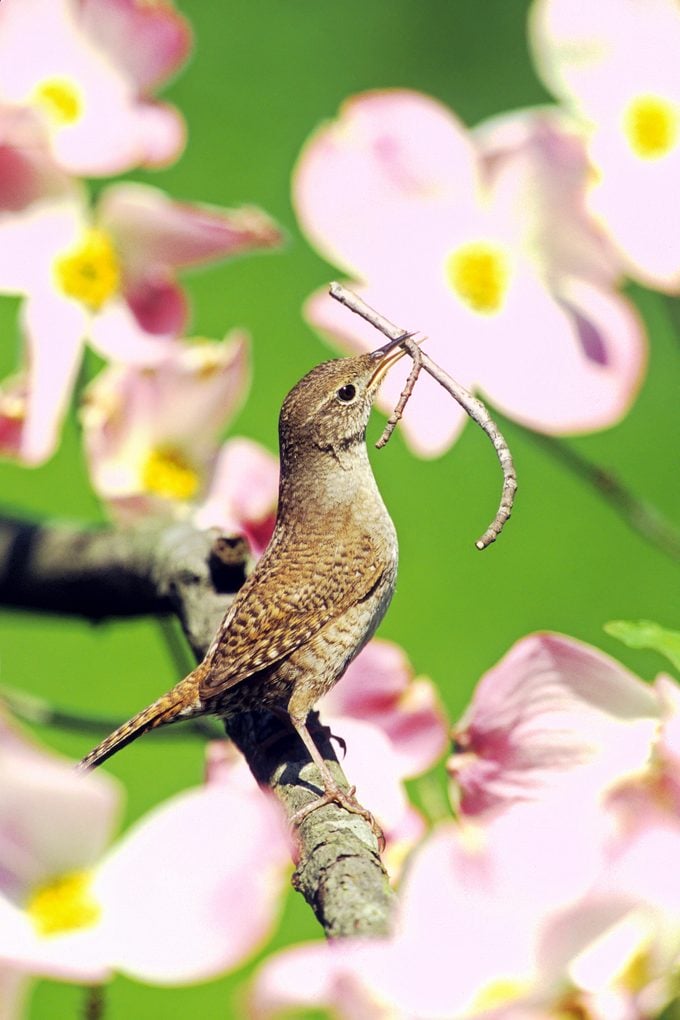
Chances are that your garden is part of a street or neighborhood with other gardens close by. These gardens all provide essential cover for wildlife large and small, allowing them to move through the area, feeding, breeding and creating homes and habitats for themselves and their offspring. Instead of regarding your garden as an individual space, think of it as part of a green corridor for local wildlife.
Look at what is around you in the parks and gardens nearby—are there trees, shrubs and ponds, perhaps? Look at which plants are lacking but also which plants are attracting the birds and wildlife.
To attract birds, offer food, water and shelter.
Look for Year-Round Fruit and Flowers
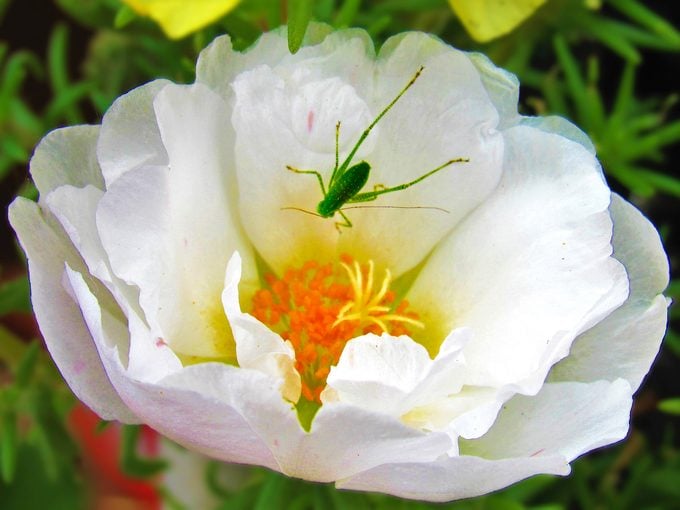
Planting for year-round interest is great for our gardens but even better for wildlife. Many native plant species are ideal for attracting creatures, but they don’t necessarily have a long season of interest, as they have adapted to make the most of specific seasons. Choosing plants with long flowering times outside of spring and summer means that your garden is a potential food source for early season hatchlings and migrating birds and pollinators. By planting a long season of flowering and seeding plants, you’ll keep bumblebees, butterflies and birds very happy.
Plant a Tree
A well-chosen tree or shrub will provide food and shelter for many species, from tiny insects to larger birds and mammals. Even the tiniest garden or backyard can usually accommodate a small tree or large shrub —after all, the great thing about a tree is that it goes upward, not necessarily outward. Trees can also be the focus for wildlife-friendly additions to the garden such as hanging feeders, nesting boxes and birdhouses. Many trees and shrubs are specially bred to grow well in pots and containers. The crucial thing is to choose wisely. You don’t want an oak tree in a garden the size of a handkerchief!
Here’s 5 essential steps for tree planting success.
Build a Log Pile
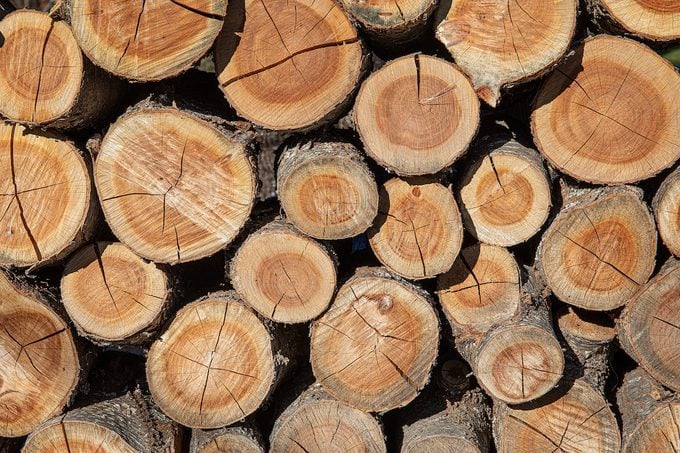
It’s such a simple thing to do—and is invaluable in wildlife terms. Many invertebrates such as insects and beetles love to make their homes in piles of decomposing wood. And, while these might not be the wildlife you were hoping to attract to your garden, they will draw in larger birds and mammals, which will feed on them.
A rotting pile of wood might not be your idea of heaven, but it is to many insects, as well as fungi and invisible microorganisms, which all help to create a beneficial environment for wildlife to thrive. There is also something fascinating about watching the logs crumble and decay surprisingly swiftly, as nature takes its course and the wildlife has its way.
Check out the bugs you should never kill in your garden.
Create a Pond
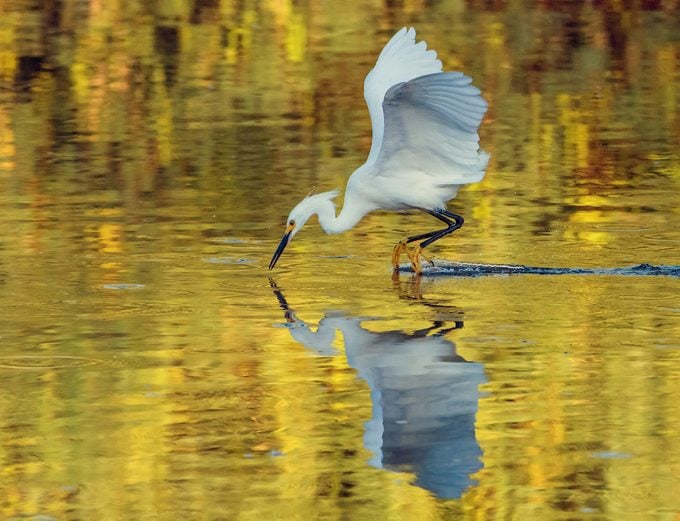
Making the space for some water isn’t always easy, plus there are safety concerns if you have young children and pets, but it really is the single most important thing you can do to attract wildlife into your garden and create a bird habitat. You don’t need a huge lake—in fact, it can be really quite small—but water is simply vital to life.
Take a Break from Weeding
It can be hard to let things go, but learn to relax about weeds to build a better wildlife and bird habitat. Weeds are some of the best wildlife-friendly plants there are. Nettles, daisies and buttercups, among others, are important sources of food for many insects, including butterflies and moths. One of the reasons for this is that they are so persistent, flowering readily and for a long time, whatever the weather, providing much-needed food when other plants aren’t.
Leave a Gap in Your Fence
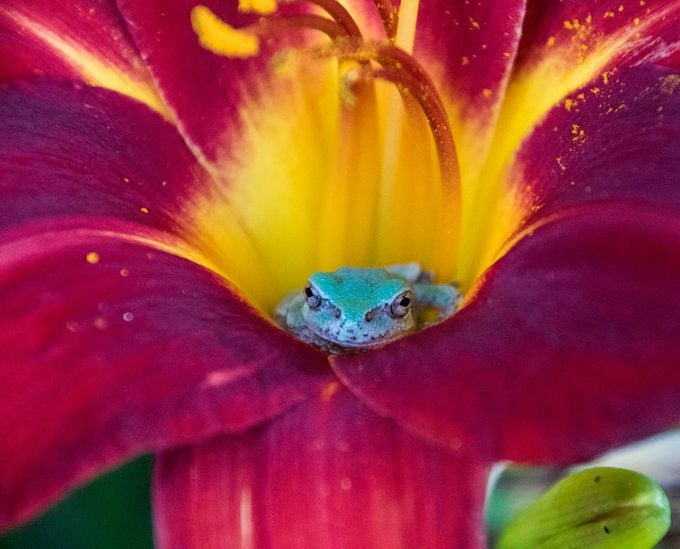
That little gap is a superhighway for creatures great and small to travel from your garden into the wider world. This allows frogs and toads—which are valuable in your yard!—to move from pond to pond, and beetles to go from garden to garden. That little gap links together a network of different habitats, helping to create green corridors in towns and cities.
Grow Climbing Vines
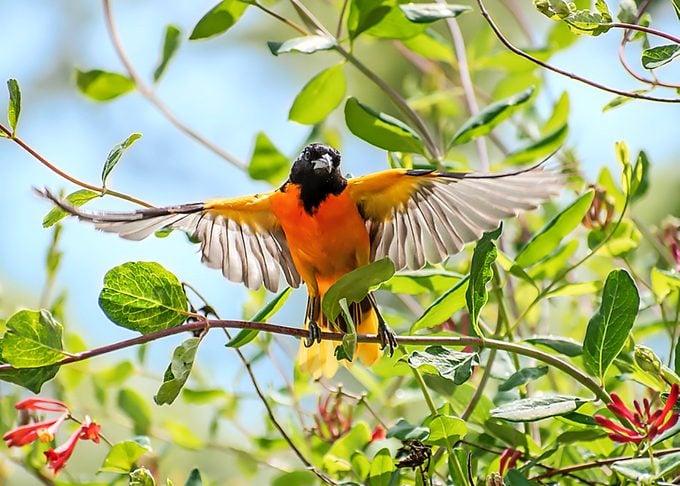
Clothing your walls and fences with vining plants provides a wealth of habitats for many creatures, even in the smallest of gardens. Bees, butterflies and insects of all kinds will enjoy the flowers as well as the welcome cover, while birds will enjoy eating fruit, perhaps even nesting in the denser foliage. Evergreens such as ivy provide year-round cover, as well as flowers and fruit, but clematis, roses, honeysuckle and many other climbers also provide a better refuge and home for wildlife than a plain fence.
Try the top 10 vines for hummingbirds.
Let the Grass Grow

Long grass is a brilliant habitat for many plants and insects. These may not be the most exotic species—although you never know what may start to colonize after a few years—but long grass is a veritable jungle, providing food and shelter for many insects, from moth and butterfly caterpillars to crickets and beetles. Leave the grass to get taller, and the clovers and daisies will grow and flower, hugely boosting the amount of available nectar with no effort whatsoever on your part. If only all gardening was so easy.
Speaking of crickets, did you know they aren’t the only insects singing in your garden at night? Learn all about katydids.
Make Some Compost
All that effort you’ve saved in mowing can be channeled into making a compost heap. This is a win-win: Making and using your own compost in your borders and vegetable garden will naturally enrich your soil so you won’t need chemical fertilizers. Not only that, but the compost heap itself is a habitat in its own right, providing sanctuary and nourishment for worms, woodlice and many other creatures, including frogs.
More Ways to Build a Backyard Bird Habitat
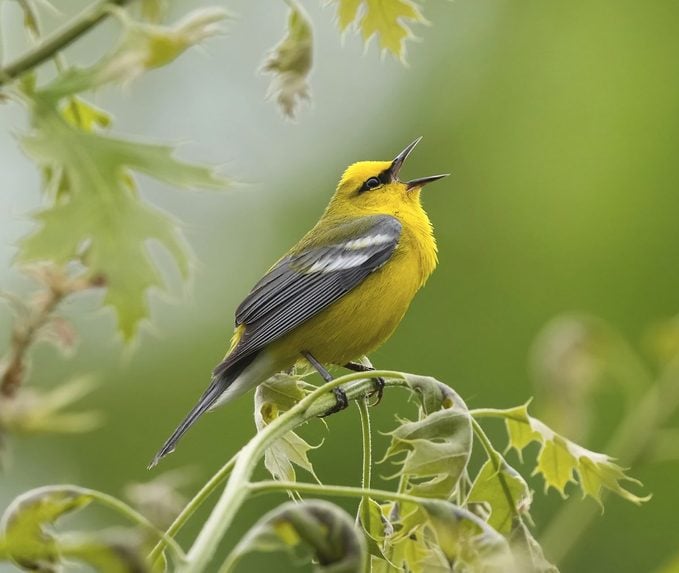
Reduce Pesticide Use
When you have caterpillars, bugs, butterflies and young birds exploring your backyard in summer, the last thing you want is for them to be harmed by pesticides. Make an effort to reduce pesticide use for the health of wildlife.
Check out 10 natural ways to eliminate garden insect pests.
Put Out a Buffet for Birds
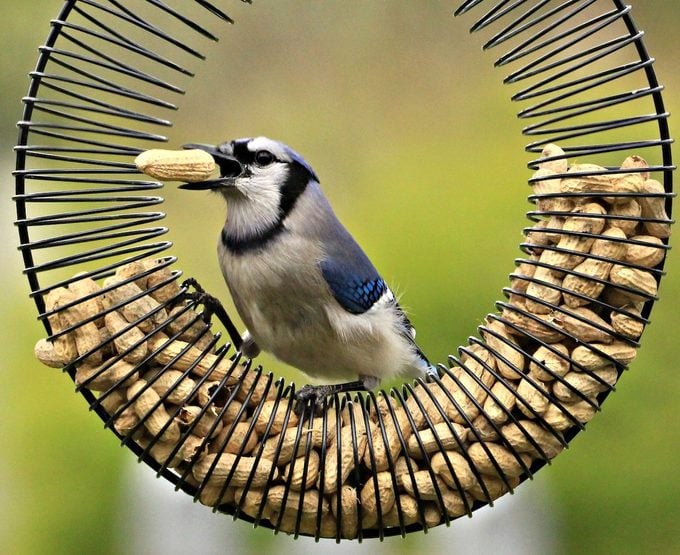
In addition to offering plants for wildlife, it’s also good to put out different kinds of food. Of course, the birds and wildlife in your area will do just fine without it, but if you want an up-close view of the fliers in your bird habitat, this is the way to get it. Start by putting out black-oil sunflower seed and a sugar-water feeder. Then add items such as suet, thistle seed, safflower seed and peanuts.
Check Your Birdhouses
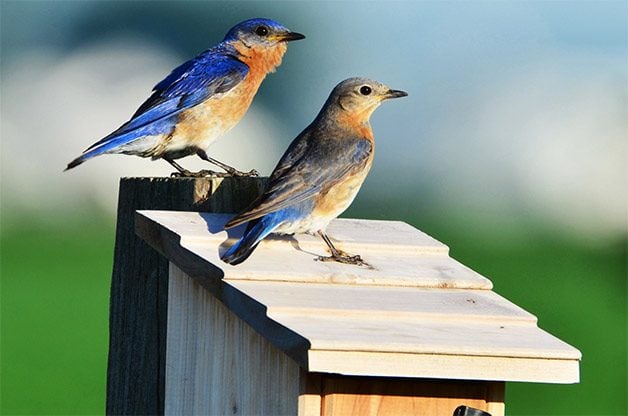
Many commercial birdhouses are more decorative than useful, so be sure to do your homework. For instance, if you want to attract bluebirds, make sure your backyard bird habitat is suitable, and then choose a bluebird house with the right dimensions and hang it in the right area. Do a little research to learn about dimensions for different species before you buy.
Offer Birds a Source of Fresh Water
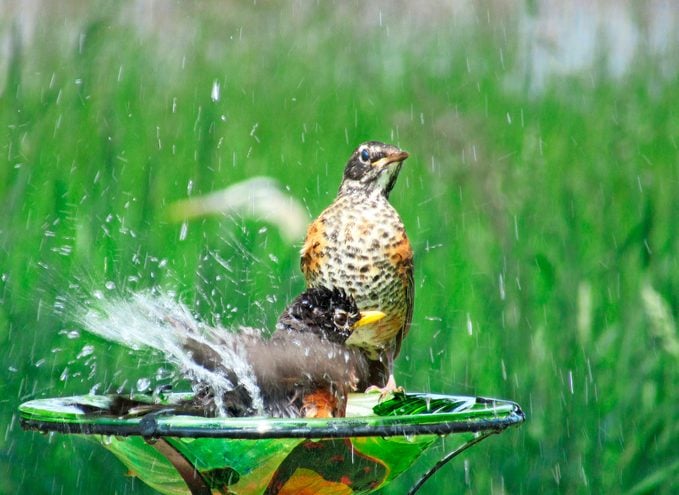
Along with food and shelter, water is one of the three necessities of every wildlife habitat (and especially a bird habitat). A larger water feature is remarkable, but at the least, consider adding a bird bath. Birds will flock to it, especially in the heat of summer. Here’s how to attract birds to use a bird bath.
Get Rid of Invasive Plants and Grow More Native Plants
Visit the USDA’s website for a list of Introduced, Invasive, and Noxious Plants. You can search by state to see some of the invasive plants in your area. Once you know what they are, work to get them out as soon as possible. While you’re ridding your yard of invasive plants, replace them with native plants, which almost always suit the needs of local wildlife. Planting natives suited to your growing conditions will feed and shelter birds, butterflies and other creatures, and native plants are instrumental to good bird habitats.
Check out the top 10 easy-to-grow native plants.
Don’t Forget About Butterflies
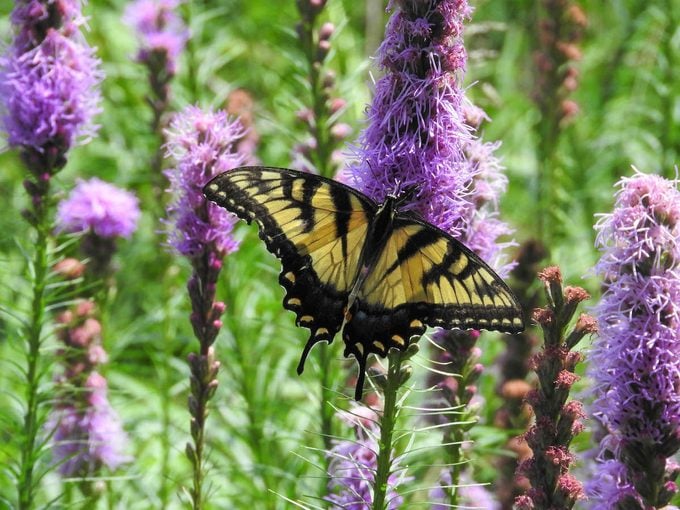
Nectar-rich plants bring in butterflies, so you have lots of options there. But don’t forget host plants for their eggs and caterpillars, such as milkweed for monarchs. Look for butterfly gardening resources in your area.




















